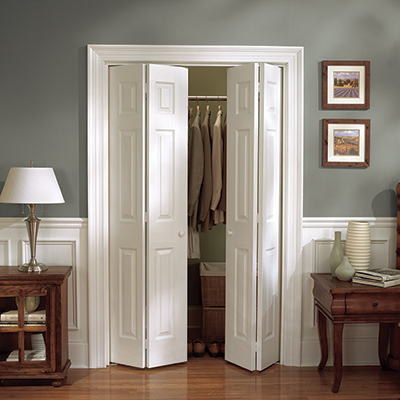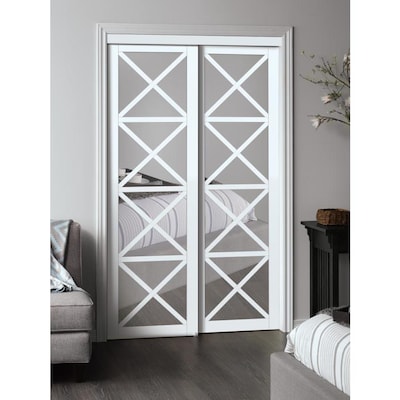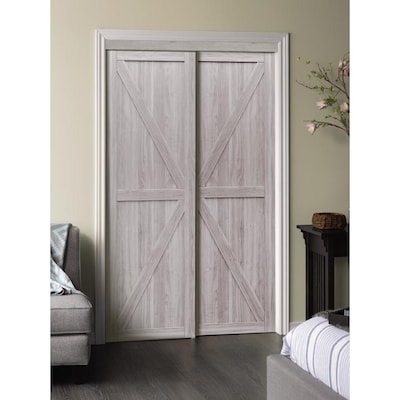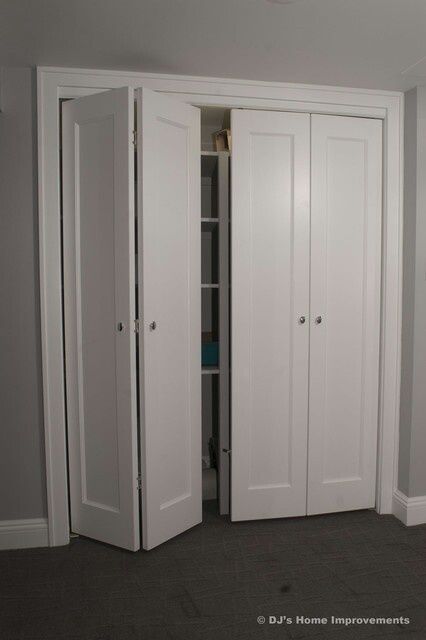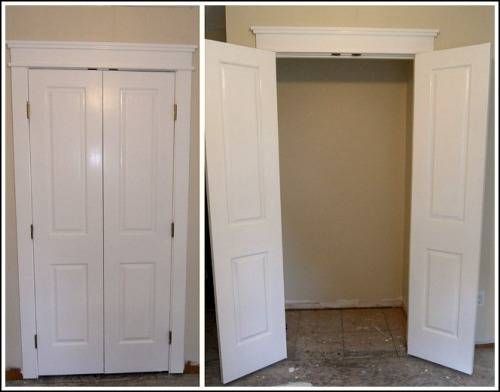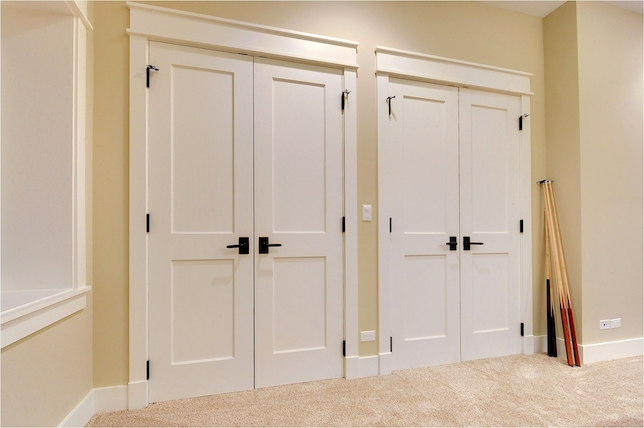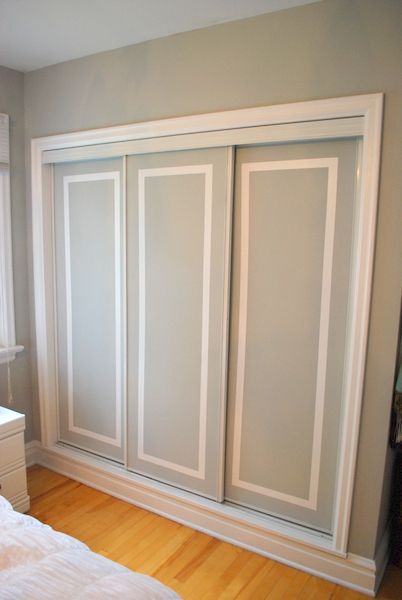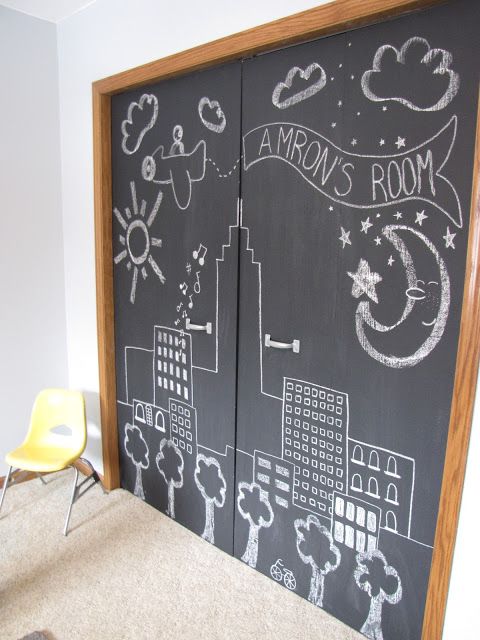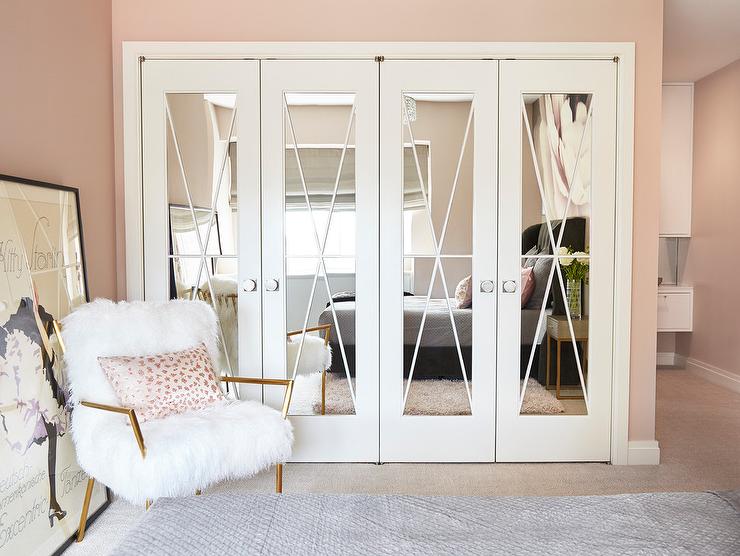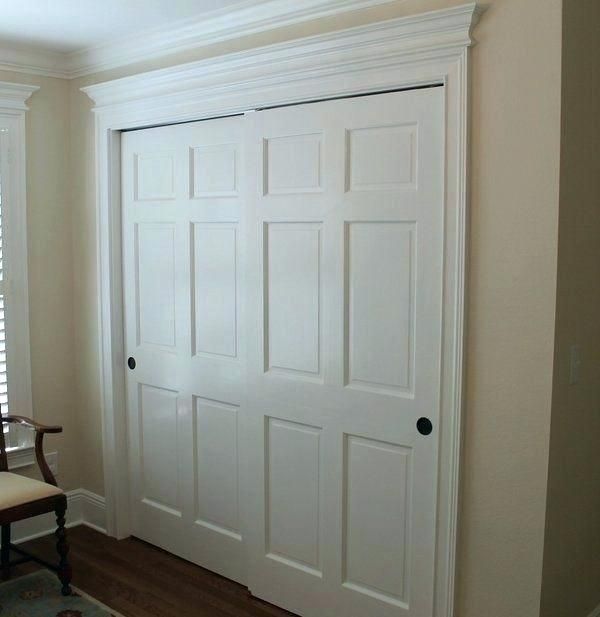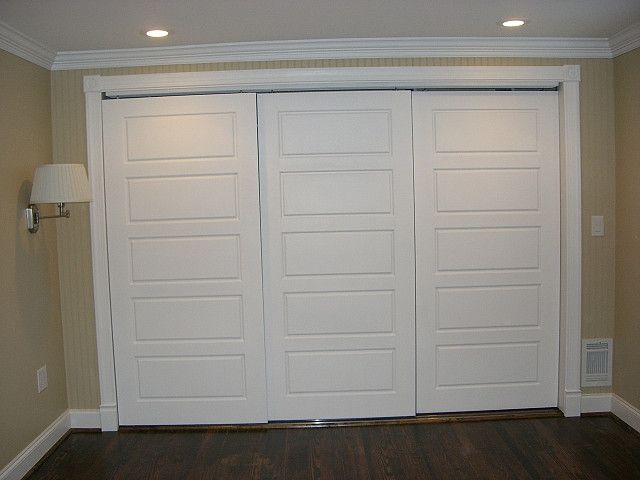Choosing the right door for your closet depends on the type of closet you have. In most cases, you may find that you don’t need cabinet doors. There are lots of thoughts about wardrobes that can help you choose the right door. With implicit cabinets that are in a house or shop, you have two main options. This includes a walk in the configuration or a compass in the configuration. In the event that you have a standard walk in a closet, you have significantly more door alternatives than the span in a closet.
Stroll in closets that require more space due to their outline and are ultimately U-shaped to offer you more door alternatives. Every now and then a walk in a closet cannot have a door as a feature of its structure. A standard interior door can be used as part of a door. Exemplary mirror cabinet doors are used again and again to increase the usefulness of the cabinet door.
Start-up cabinets are probably the most widespread storage plan in the residential area. Quite clearly the “Span in” configuration takes its name from the way you stand outside the closet and reach into the supplement or evacuate things without physically entering.
Broadly, the outline span is used when space is the problem. Typically, they are 3 to 10 feet wide and normally 30 inches in the department. According to numerous developers and planners, the expansion of the storage space was an extremely effective measure.
Would you like to stow your serving dishes? Or are you trying to hide your table linen or bed linen in the sideboards? Your versatile sideboards have storage space and surface that you can store anywhere. You can use it in your bedroom, kitchen or bathroom. You can customize it in different colors. If you want to use it for the nursery, you can use fun colors and place it near the bed for its toys. The sideboard is helpful in your dining room because it serves the purpose of stowing important things in this sideboard.
Features of the sideboards
You get two shelves in the sideboards, which are helpful because you can keep many things in the sideboard at the same time. The sideboards have recessed double doors. You can only use this sideboard in your home. You can use them for storing books and bed linen for your bedroom. In your bathroom you can use this sideboard optimally to store soap, shampoo, brush and other toiletries. The back of the sideboard is provided with a composite panel.
The base of the sideboard is made of wood. Its upper part is also made of wood. These sideboards are usually made of solid pine wood to replicate the industrially manufactured furniture. There are drawer boxes made of solid wood. These drawers are sanded and have an English joinery for maximum durability and rigidity. You will have 4 strong legs in it. It has a hand forged look. So you can buy them for your home.
[gallery columns="2" size="full" ids="53620,53621,53622,53623,53624,53625,53626,53627,53628,53629,53630,53631"]
 dekorationcity.com Home Decor
dekorationcity.com Home Decor
